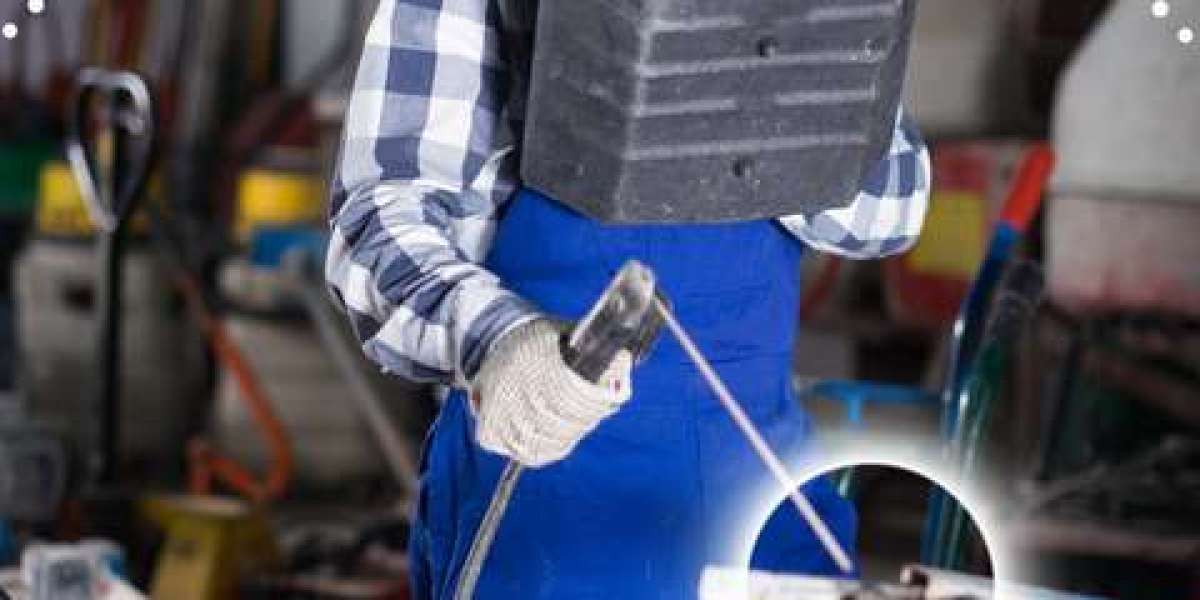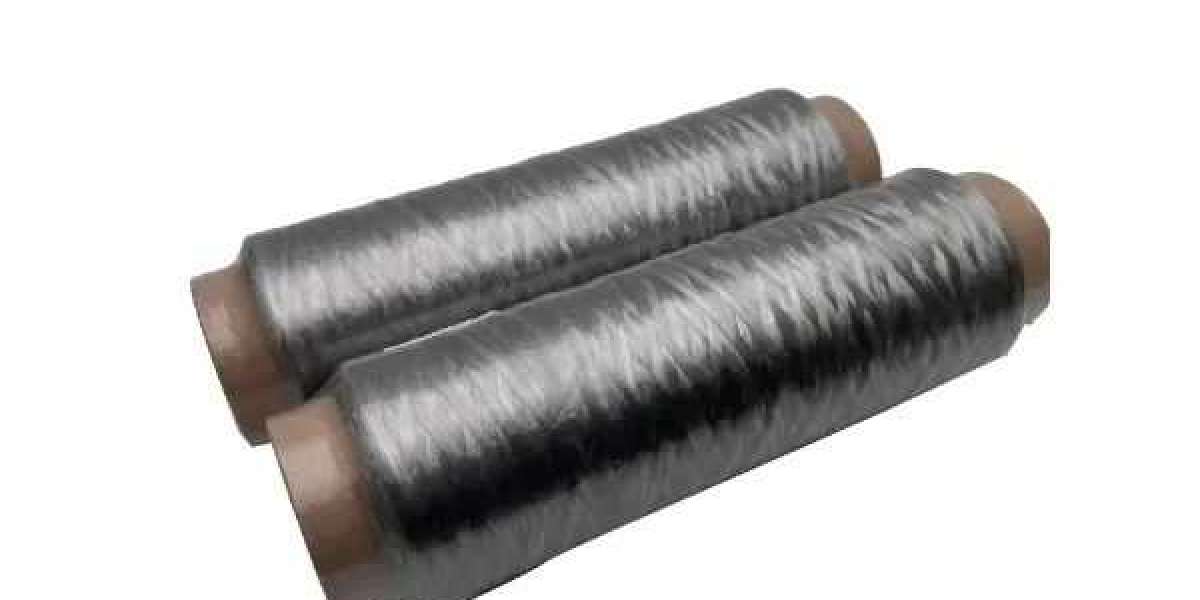In the ever-evolving landscape of welding technology, the emergence of handheld laser welder has revolutionized the way we approach metal joining. This innovative tool combines the precision and efficiency of laser welding with the flexibility and portability of a handheld device, empowering welders to tackle a wide range of applications with unparalleled versatility. In this comprehensive guide, we will explore the unique features and capabilities of handheld laser welder, and provide a step-by-step overview of the process to help you master this cutting-edge welding technique.
At the core of handheld laser welding is the compact, self-contained laser source that is integrated into a lightweight, ergonomic housing. Unlike traditional welding methods that require bulky equipment and stationary setups, handheld laser welder offer unprecedented mobility, allowing welders to access hard-to-reach areas, work on-site, and adapt to changing job site conditions with ease.
The laser beam generated by these portable devices is precisely focused, enabling welders to achieve exceptionally narrow weld widths, minimize heat input, and create high-quality, low-distortion welds. This precision is particularly advantageous for applications where aesthetics, tight tolerances, and the integrity of delicate components are critical, such as in the jewelry, electronics, and medical device industries.
To harness the power of handheld laser welding, welders must first understand the key parameters that govern the welding process. These include the laser power, beam diameter, welding speed, and shielding gas. By expertly manipulating these variables, welders can produce welds with superior strength, corrosion resistance, and visual appeal, making this technology an invaluable asset in a wide range of industries.
The handheld laser welding process typically involves the following steps:
Prepare the workpiece: Clean the surface of the material to be welded, removing any contaminants or surface irregularities that could interfere with the welding process.
Set up the handheld laser welder: Ensure that the laser source, beam delivery system, and any other necessary components are properly configured and ready for use.
Determine the welding parameters: Based on the material type, thickness, and desired weld characteristics, select the appropriate laser power, beam diameter, welding speed, and shielding gas.
Perform a test weld: Before commencing the actual welding, conduct a test weld to verify the parameters and ensure the desired weld quality is achieved.
Execute the welding process: Carefully maneuver the handheld laser welder along the joint, maintaining a consistent speed and angle to create a uniform and high-quality weld.
Inspect the weld: Visually inspect the weld for any defects, such as porosity, cracks, or lack of penetration. Depending on the application, additional non-destructive testing methods may be employed.
Post-weld treatment: Depending on the specific requirements, the weld may need to undergo post-weld treatment, such as stress relieving or surface finishing, to improve its mechanical properties or appearance.
Mastering the art of handheld laser welder requires a combination of technical expertise, dexterity, and a deep understanding of the underlying principles. By embracing this innovative technology, welders can unlock new levels of precision, efficiency, and adaptability, allowing them to tackle a wide range of metal joining challenges with confidence and skill.








